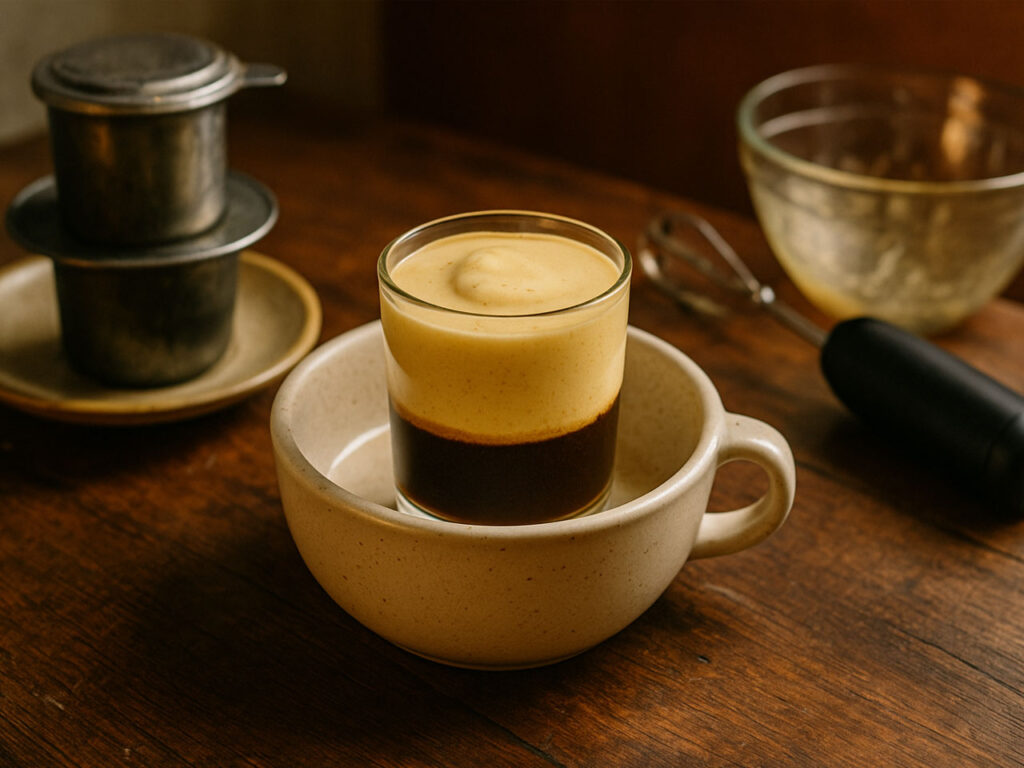At Tonkin Coffee, we believe the best coffee should be shared. We’ve perfected our legendary drink over the years, and now we’re sharing our ultimate egg coffee recipe Vietnamese with you. This comprehensive guide will show you how to master the perfect cup, from the rich coffee base to the impossibly creamy foam that makes it so unforgettable.
The Fascinating Story Behind a Legendary Drink
The story of egg coffee is a classic tale of innovation born from necessity. Our story begins in Hanoi in the 1940s dairy products like fresh milk were a rare luxury.
In the heart of the city, a young man named Nguyễn Văn Giảng worked as a barista at the famous Metropole Hotel. At the time, French-style coffee was gaining popularity, but patrons often struggled to find milk to mix with their brew. Giảng, a clever and resourceful young man, decided to experiment. He drew on his culinary background and began to look for an alternative. His stroke of genius was using egg yolks. By whipping them with sugar and a bit of sweetened condensed milk, he discovered he could create a rich, creamy, and stable foam that perfectly mimicked the texture of milk. The result was not just a substitute, but an entirely new kind of drink—one that was even more delicious and unique than its inspiration.
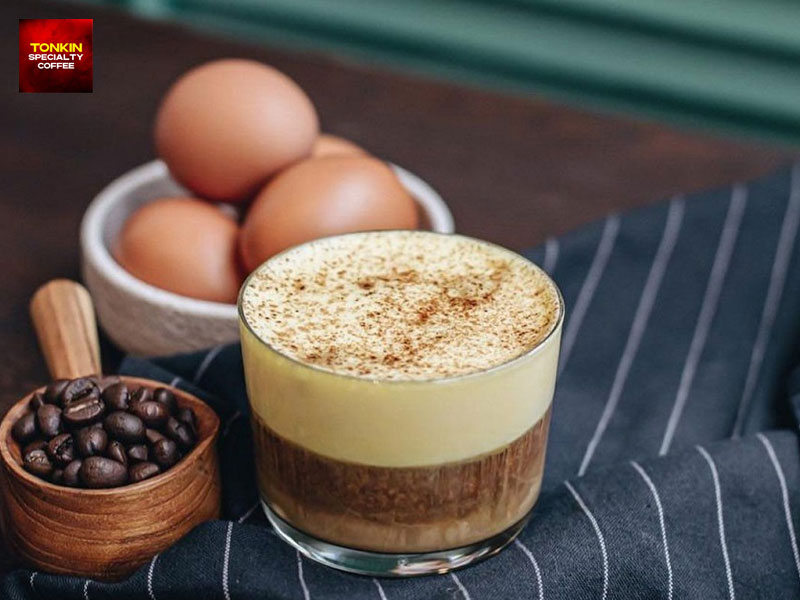
In 1946, Giảng left his job at the hotel and opened his own coffee shop, Café Giảng, to serve his special creation. The drink was an immediate hit. It became a symbol of Vietnamese ingenuity and resilience during a time of hardship. Today, Café Giảng is still run by his family, and it remains a pilgrimage site for anyone who wants to try the original, authentic egg coffee. From humble beginnings, this brilliant invention has become a cultural icon, and its story is a perfect example of how a simple idea can create something truly legendary.
The Magic Behind the Flavor: Unlocking the Secret of Egg Coffee
What makes a good egg coffee so incredible? It’s all about the perfect balance of ingredients. When you break it down, each component plays a crucial role in creating the final flavor and texture.
The Coffee: The foundation of this drink is a strong, bold brew. The traditional choice is Robusta coffee, a bean known for its high caffeine content and earthy, slightly bitter profile. This bitterness is absolutely essential because it cuts through the richness of the egg foam, preventing the drink from being overly sweet or heavy. If you use a mild coffee like Arabica, the flavor won’t be strong enough to stand up to the foam, and the drink will lose its dynamic balance.
The Egg Foam: This is the soul of the drink. The foam is a simple mix of egg yolk and sweetened condensed milk. The magic happens when you whip them together. The lecithin in the egg yolk acts as a powerful emulsifier, binding the fat from the condensed milk with air. As you whisk, you’re not just mixing; you’re creating a stable, airy structure. When whipped correctly, the foam becomes thick, smooth, and has a rich, custard-like flavor. The long whisking time and the slight heat generated in the process are what eliminate any raw or “eggy” flavor, transforming the yolk into a luxurious, velvety topping.
The Temperature: An authentic Vietnamese egg coffee is served in a small cup placed inside a bowl of hot water. This isn’t just a quirky presentation style; it’s a vital step in the process. The heat from the water keeps the coffee warm and prevents the egg foam from becoming cold and dense. It ensures that every sip is consistently smooth and delightful, making the experience last longer.
Your Essential Toolkit: Ingredients and Equipment
You don’t need a professional setup to make great egg coffee at home. Here are the simple things you’ll need:
- Vietnamese Coffee: As mentioned, a dark-roasted Robusta bean is the most authentic choice. The coffee should be ground to a coarse consistency, similar to sea salt, for a perfect drip.
- Fresh Eggs: This is non-negotiable. Use the freshest eggs you can find. Fresh eggs will whip up better and are less likely to have a strong sulfur or “fishy” smell.
- Sweetened Condensed Milk: This thick, sweet milk is a key ingredient for the foam’s flavor and texture. It provides the necessary sugar and fat for the perfect consistency.
- A Phin Filter: This is the traditional Vietnamese coffee dripper. Its simple design allows for a slow, precise extraction that produces the strong, rich coffee needed for this recipe.
- An Electric Hand Mixer: While you can use a hand whisk, an electric mixer will save you a lot of time and effort. More importantly, it ensures the foam reaches the perfect, stable consistency.
- Two Bowls: A small one for whisking the egg mixture and a larger one to hold hot water for the serving cup.
The Step-by-Step Guide to Crafting the Perfect Cup
Let’s get started on the best part. Here’s a step-by-step guide on how to make Vietnamese egg coffee—a recipe that’s guaranteed to impress your friends and delight your senses.
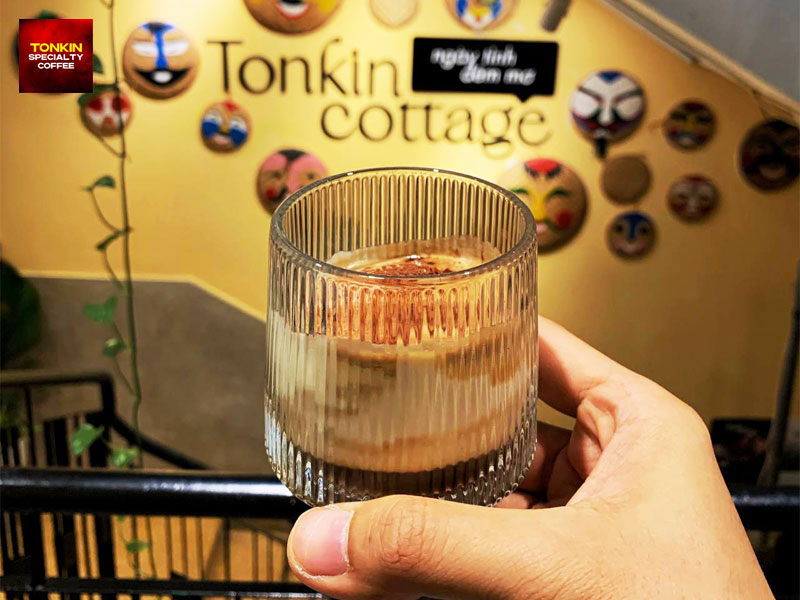
Step 1: Prepare Your Coffee (The Foundation)
- Set up your phin. Place the phin filter securely over your serving cup.
- Add the coffee. Spoon about 20-25 grams (about two tablespoons) of your ground coffee into the phin. Gently shake it to distribute the grounds evenly.
- The “bloom” phase. Pour a small amount of hot water (about 15 ml, or just enough to cover the grounds) into the phin. This helps the coffee “bloom,” releasing trapped gases and ensuring an even extraction. Wait for about 30 seconds.
- The slow drip. Now, slowly pour the rest of the hot water (about 40-50 ml) into the phin. Place the lid on top and let it drip. This process should take around 4 to 5 minutes. If it drips too fast, your coffee will be weak. If it’s too slow, it might be too bitter. A steady, gentle drip is the goal.
Step 2: Create the Egg Foam (The Soul)
- Separate the egg. Carefully crack a fresh egg and separate the yolk. It is crucial to make sure absolutely no egg white gets into your bowl, as this can ruin the texture and cause a “fishy” smell.
- Add the milk. Put the egg yolk into your small mixing bowl. Add 2-3 spoonfuls of sweetened condensed milk.
- Whisk the Foam. Using an electric hand mixer, whisk the mixture on high speed for 5-7 minutes. The foam is ready when it turns pale yellow, has a thick, smooth consistency, and holds stiff peaks. For those who are curious, how many calories are in Vietnamese egg coffee? A typical cup can have anywhere from 150-250 calories, depending on the amount of condensed milk and egg yolk used.
Step 3: Put it All Together (The Final Touch)
- Remove the phin. Once all the coffee has dripped, remove the phin filter. You should have a small but very strong cup of coffee waiting for its topping.
- Add the foam. Using a spoon, gently scoop the whipped egg foam and place it on top of the hot coffee. The foam will float beautifully, creating two distinct layers.
- Keep it warm. For the authentic experience, place your coffee cup into a larger bowl filled with hot water. This keeps the entire drink warm and prevents the foam from deflating or getting a cold, rubbery texture.
- Enjoy! The best way to drink it is to first taste the foam on its own with a spoon, and then gently stir the layers together to enjoy the full, harmonious blend of flavors.
Expert Tips and Troubleshooting
Even with a great recipe, things can sometimes go wrong. Here are some common problems and their solutions.
- “My egg foam tastes fishy!” This is the most common issue. The best way to avoid it is by using the freshest possible egg. Also, the “fishy” taste can happen if the egg isn’t whipped long enough or at a high enough speed. The friction and warmth from the whisking process are what “cook” the egg slightly and get rid of the raw flavor. Make sure you whisk for the full 5-7 minutes.
- “My foam isn’t fluffy.” This usually happens for one of two reasons: a stray piece of egg white got into the yolk, or the mixture wasn’t whipped long enough. Be very careful when separating your egg. If the foam still isn’t getting fluffy, a pinch of sugar can sometimes help to stabilize it.
- “My coffee is too weak or too bitter.” For weak coffee, your grind might be too coarse, or the water might have dripped too fast. For bitter coffee, your grind might be too fine, causing over-extraction. Experiment with your grind size and your water pouring speed until you find the perfect balance.
Experience the Real Thing: Discover Tonkin Coffee
Making your own egg coffee is incredibly rewarding, but nothing beats the experience of enjoying a cup crafted by masters. At Tonkin Coffee, we believe in perfecting the art of this traditional Vietnamese classic.
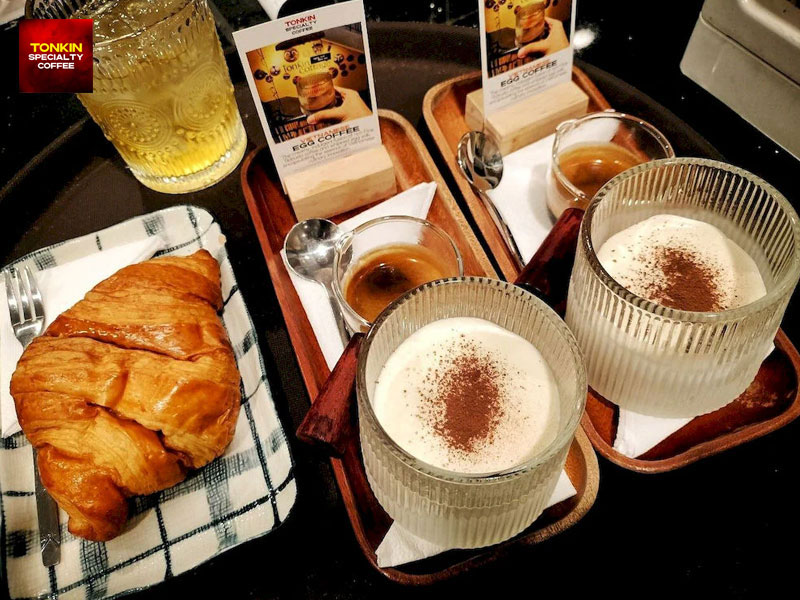
We have dedicated ourselves to serving a flawless Cà Phê Trứng that is both delicious and comforting, staying true to its authentic roots. Each of our locations offers a unique, relaxing atmosphere, designed to help you truly savor every moment and every sip.
Whether you’re a seasoned coffee lover or just curious to try something new, we invite you to immerse yourself in the rich, delicious world of Vietnamese coffee at one of our shops. We can’t wait to share our passion with you.
Contact us:
Tonkin Coffee
Tonkin Specialty Coffee
- Add: 91 Ly Tu Trong St, Ben Thanh Ward, District 1, Ho Chi Minh City, Vietnam.
- Hotline: 086 799 0125
Tonkin Garden Cafe
- Add: 135/50 Tran Hung Dao St, Ben Thanh Ward, District 1, Ho Chi Minh City, Vietnam.
- Hotline: 087 992 4691
Tonkin Egg Coffee
- Add: 1 Le Thi Rieng, Ben Thanh Ward, District 1, Ho Chi Minh City, Vietnam.
- Hotline: 0815 841 909
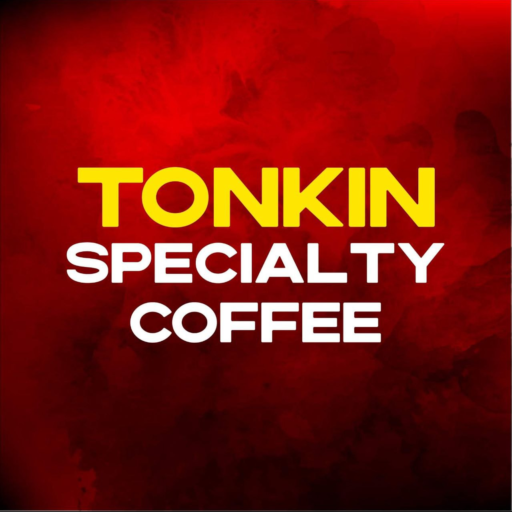
Nestled in the heart of Ho Chi Minh City, Tonkin Specialty Coffee is one of the best coffee shops to experience authentic Vietnamese flavors. From the iconic egg coffee and refreshing coconut coffee to bold Vietnamese coffee and the unique salt coffee, every sip is a journey into tradition. For non-coffee lovers, our Vietnamese matcha offers a gentle alternative. Pair your drink with a freshly baked banh mi or a buttery croissant, and savor the true taste of Vietnam in a setting inspired by folk culture and Indochine charm.


